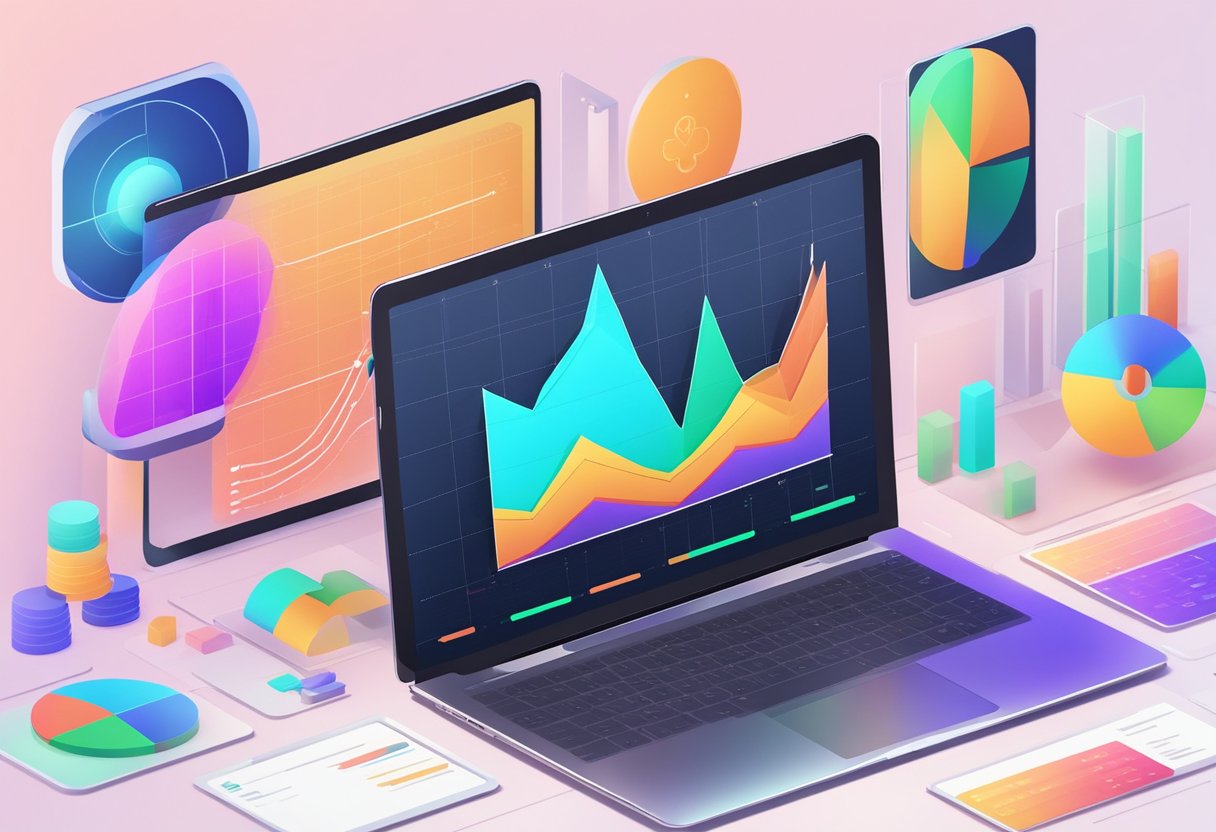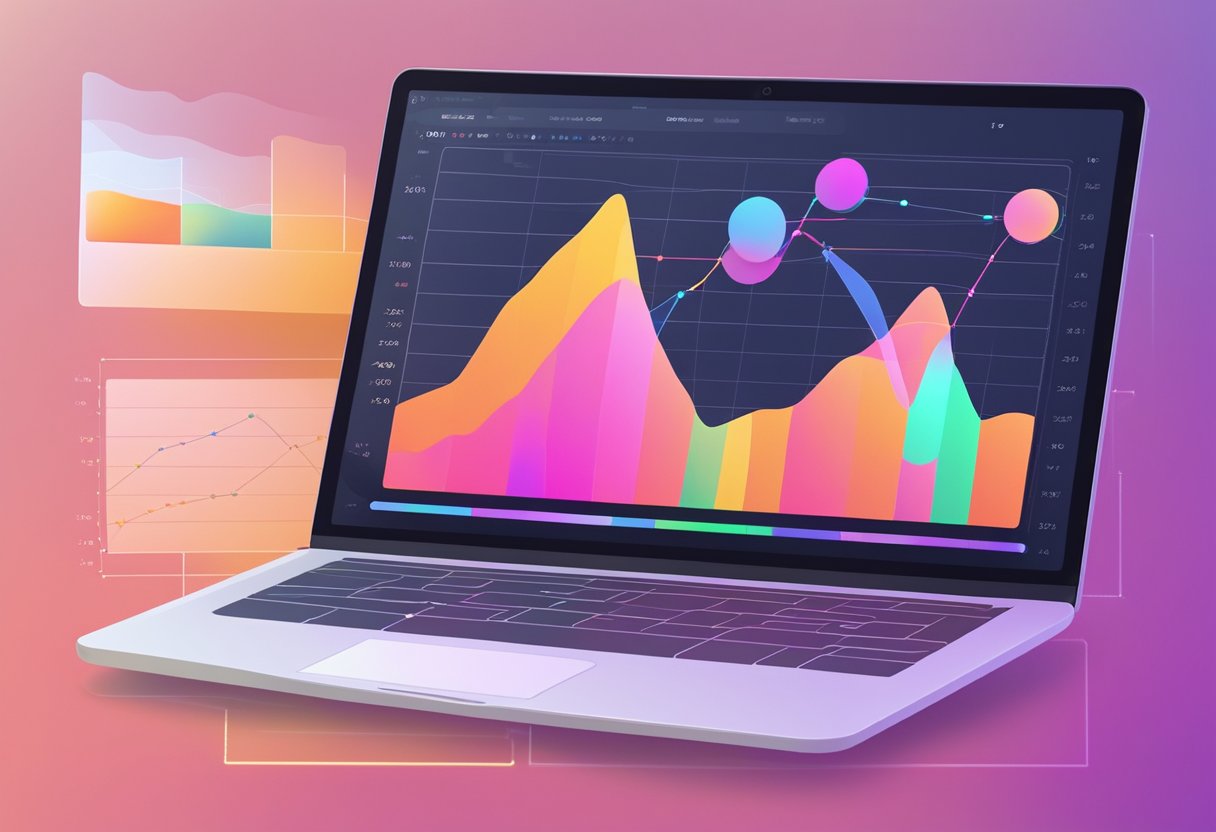React Native is a popular open-source framework that allows developers to create mobile applications using JavaScript and React. One of the many features of React Native is its ability to create animated charts and graphs for data visualization. This makes it an ideal tool for developers who want to create visually appealing and interactive data displays for their mobile applications.

Building animated charts and graphs with React Native can be a challenging task, but it can also be a rewarding one. With the right tools and techniques, developers can create stunning data visualizations that not only look great but also provide valuable insights to users. In this article, we will explore some of the best practices for building animated charts and graphs with React Native, including tips for designing effective data visualizations and strategies for optimizing performance. Whether you are a seasoned React Native developer or just getting started, this article will provide you with the knowledge and skills you need to create beautiful and functional data visualizations for your mobile applications.
Índice De Conteúdo
Fundamentals of Animated Charting

Understanding React Native
React Native is a popular open-source framework for building native mobile applications using JavaScript and React. It allows developers to create high-performance, cross-platform apps that look and feel like native apps. React Native provides a set of reusable components that can be used to build complex user interfaces, including charts and graphs.
Basics of Data Visualization
Data visualization is the process of representing data in a visual form, such as charts, graphs, or maps. It is an important tool for understanding and analyzing data, as it allows users to see patterns, trends, and relationships that may not be immediately apparent in raw data.
When creating a chart or graph, it is important to consider the type of data being visualized and the message that needs to be conveyed. The choice of chart type will depend on the nature of the data and the purpose of the visualization.
Selecting the Right Chart Types
There are many different types of charts and graphs that can be used to visualize data, each with its own strengths and weaknesses. Some of the most common types of charts include:
- Bar charts: used to compare values across categories
- Line charts: used to show trends over time
- Pie charts: used to show proportions of a whole
- Scatter plots: used to show the relationship between two variables
When selecting a chart type, it is important to consider the type of data being visualized and the message that needs to be conveyed. The chart should be easy to read and understand, and should accurately represent the data being visualized.
Implementing Animated Charts with React Native
React Native is a popular framework for building mobile applications, and it also provides a powerful set of tools for creating animated charts and graphs. In this section, we’ll explore some of the key techniques for implementing animated charts with React Native.
Using React Native Libraries for Animation
One of the easiest ways to add animation to your charts and graphs is to use a pre-built React Native library. There are many libraries available that provide a wide range of chart types and animation options.
Some popular charting libraries include:
These libraries provide a range of chart types, including line charts, bar charts, pie charts, and more. They also offer a variety of animation options, such as smooth transitions between data points and interactive user interactions.
Animating Data Changes and User Interactions
One of the key benefits of using React Native for charting is the ability to animate data changes and user interactions. For example, you can use animations to smoothly transition between different data sets or to highlight particular data points on the chart.
To animate data changes, you can use the built-in Animated API provided by React Native. This API allows you to create animations that can be applied to any component, including charts and graphs.
For example, you might use the Animated API to create a smooth transition between two different data sets in a line chart. Or you might use it to highlight a particular data point when the user taps on it.
Styling and Customization Techniques
Another advantage of using React Native for charting is the ability to easily customize the appearance of your charts and graphs. React Native provides a flexible styling system that allows you to apply styles to individual components or to entire charts.
You can use CSS-like styles to set properties such as font size, color, and background color. You can also use custom styles to create unique visual effects, such as gradients or shadows.
In addition to styling, you can also use custom components to add additional functionality to your charts and graphs. For example, you might create a custom tooltip component that displays additional information when the user taps on a data point.
Overall, React Native provides a powerful set of tools for creating animated charts and graphs. By using pre-built libraries, animating data changes and user interactions, and applying custom styles and components, you can create charts that are both informative and visually appealing.


1 comentário em “Building Animated Charts and Graphs with React Native: A Stylish Guide to Data Visualization”